Software Engineer Roadmap 2025: The Complete Guide
The ultimate roadmap to becoming a software engineer in 2025. From system design to cloud services, performance optimization, and security.
If you’re looking to become a software engineer, this guide is for you. With so many technologies out there, it’s easy to feel overwhelmed. This roadmap cuts through the noise, helping you focus on the most essential skills to stand out in the industry.
We’ll cover everything from AI tools, cloud services, system design, performance optimization, security, and more.
At the end, grab a free copy of this roadmap to track your progress.
Prerequisite: This roadmap assumes you already have fundamental frontend and backend development skills. If not, check out my Frontend & Backend Developer Guides before diving in.
1. AI Tools
If you’re not using AI tools in this day and age, you’re missing out big time. And you will eventually be replaced by those who use it.
AI-powered development tools are becoming essential for improving productivity and efficiency. Learn how to leverage them effectively:
ChatGPT, Claude AI, Gemini, DeepSeek — At the very least, you should be using these basic AI tools for writing boilerplate code, suggesting optimizations, and detecting errors.
Copilots (GitHub Copilot, Tabnine, etc.): Then we have copilots, which are AI pair-programming assistants that provide auto-suggestions while you code and improve your speed and accuracy.
AI Code Editors (Cursor AI, Windsurf, etc.): On the next level, there are advanced AI editors that generate boilerplate code, help fix bugs, and assist in feature development.
AI-Powered Project Generators (Bolt, v0, etc.): Tools that can build and deploy projects in minutes with simple prompts.
Automated Documentation: AI-assisted documentation generators help maintain up-to-date and accurate documentation with minimal effort.
AI in CI/CD Pipelines: AI can also enhance deployment processes by predicting failures and optimizing pipeline execution.
We have many more, and if you don’t want to get left behind, then check out my AI developer course to stay ahead of the game!
2. Data Structures & Algorithms
A strong grasp of DSA is essential for efficient problem-solving, building scalable systems, and acing technical interviews. Focus on:
Big-O Notation & Performance Optimization: Understanding time and space complexity ensures you write optimal code.
Hash Tables, Trees, Graphs: Understand the most common data structures that help store and manage data efficiently.
Sorting & Searching Algorithms: Learn efficient algorithms like quicksort, mergesort, and binary search.
Dynamic Programming, Recursion: Mastering these techniques will help you solve complex problems more efficiently.
Practice on LeetCode: Regular problem-solving improves coding fluency and interview readiness.
3. Testing
Testing ensures software reliability, stability, and maintainability. Learn different types of testing and tools:
Unit Testing: Tools like Jest, Vitest, Mocha, and Chai help test individual functions and components.
Integration Testing: Supertest and Jest verify that different modules of an application work together correctly.
End-to-End (E2E) Testing: Cypress and Playwright simulate real user interactions to ensure complete functionality.
API Testing: Postman and Newman help validate RESTful and GraphQL APIs.
Performance Testing: JMeter and k6 analyze application performance under load.
Test-Driven Development (TDD): Writing tests before code improves reliability and ensures code correctness.
4. Design Patterns
Design patterns help us write scalable, maintainable, and reusable code. These can be grouped into three main categories:
Creational Patterns: Examples are Factory and Singleton patterns, which help us manage object creation efficiently.
Structural Patterns: Examples are Proxy and Facade patterns, which simplify complex code structures.
Behavioral Patterns: Examples are Observer or Iterator patterns which improve communication between objects.
Learn when and how to use patterns effectively in real-world applications.
5. Cloud Services
Cloud computing enables scalable, cost-efficient application deployment. Master cloud fundamentals:
AWS, Azure, GCP Basics: Learn how major cloud providers operate.
Compute Services: Understand the main compute services like EC2, Lambda, and App Engine for running applications.
Storage Solutions: Learn about S3, Blob Storage, and other cloud-based storage services.
Serverless Architectures: Reduce infrastructure management with serverless computing.
Cloud Security Best Practices: Learn strategies to secure cloud-based applications.
6. CI/CD
Continuous Integration and Continuous Deployment (CI/CD) streamline software development by automating testing and deployment. Learn:
Environments: Understand the development, staging, test (or QA), and production environments.
CI/CD Pipelines: Tools like GitHub Actions, Jenkins, and GitLab CI/CD automate code integration and deployment.
Automated Testing in Pipelines: Running tests in pipelines ensures code stability before deployment. You can incorporate the automated tests (which we talked about above) in the CI/CD pipeline.
Infrastructure as Code (IaC): Tools like Terraform and Pulumi help automate infrastructure setup and management.
7. System Design
System design is critical for building large-scale, high-performance applications. Focus on:
API Caching: Tools like Redis and Varnish improve response times and reduce database load.
Content Delivery Networks (CDN): Distribute content globally for faster load times.
Networking Fundamentals: Understanding TCP and UDP helps optimize data transmission.
Proxy Servers: Learn about forward and reverse proxies and load balancing techniques.
Monolith vs. Microservices Architectures: Know when to use each architecture for scalability and maintainability.
Messaging Architecture: Kafka, RabbitMQ, and SQS enable reliable asynchronous communication.
Database Replication & Sharding: Improve database performance and fault tolerance.
8. Performance Optimization
When optimizing an application's performance, there are three main areas to focus on: frontend, backend, and network.
Frontend Optimization
Minimize JavaScript and CSS using code splitting and lazy loading. This decreases initial load time by loading only critical resources for the first render, deferring non-essential scripts and styles until needed.
Use memoization and virtualization for long lists, along with React.memo or PureComponent, to minimize re-renders. These techniques reduce overhead and enhance web application responsiveness, especially for complex, data-heavy interfaces.
Backend Optimization
Utilize indexing and query optimization to enhance response times. Indexing speeds up data retrieval, while query caching, selecting necessary columns, and avoiding N+1 patterns improve backend performance significantly.
Implement caching at multiple layers: use in-memory caches like Redis for frequently accessed data, apply HTTP caching headers, and leverage CDNs to reduce server load and improve response times for static assets.
Network Optimization
Enable compression (Gzip or Brotli) for text resources to reduce size, decrease bandwidth usage, and speed up transmission, especially for users with slow connections.
Use HTTP/2 or HTTP/3 for multiplexing, header compression, and better connection efficiency than HTTP/1.1. They enable multiple concurrent requests over one connection, decreasing latency and enhancing overall network performance.
9. Security Best Practices
Security is a crucial part of fullstack development.
Learn about:
API Security: Implement rate limiting, CORS, JWT, and OAuth to secure APIs.
Web Security: Prevent CSRF, XSS, and SQL injection attacks.
Secure Authentication & Authorization: Implement strong authentication mechanisms.
Monitoring & Logging for Security: Track security events and detect anomalies.
Closing Thoughts
If you master these topics, you’ll be a highly skilled software engineer.
Want to fast-track your growth? Join my mentorship program and get direct guidance on mastering these skills.
Don’t forget to grab a free copy of the roadmap to track your progress.
Good luck on your journey!


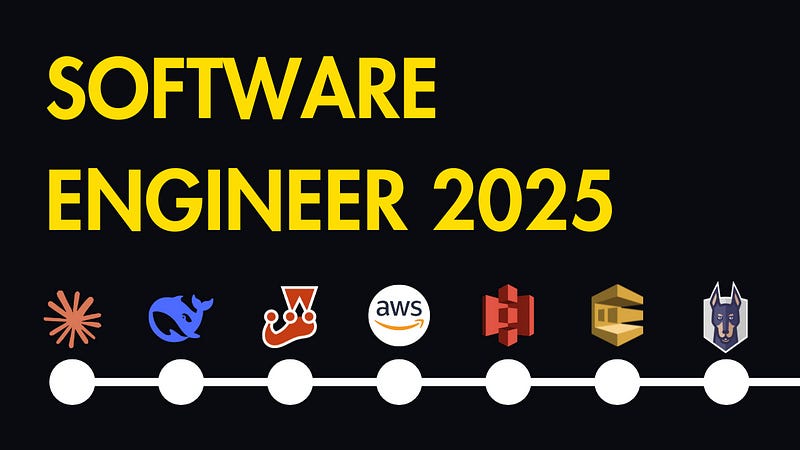
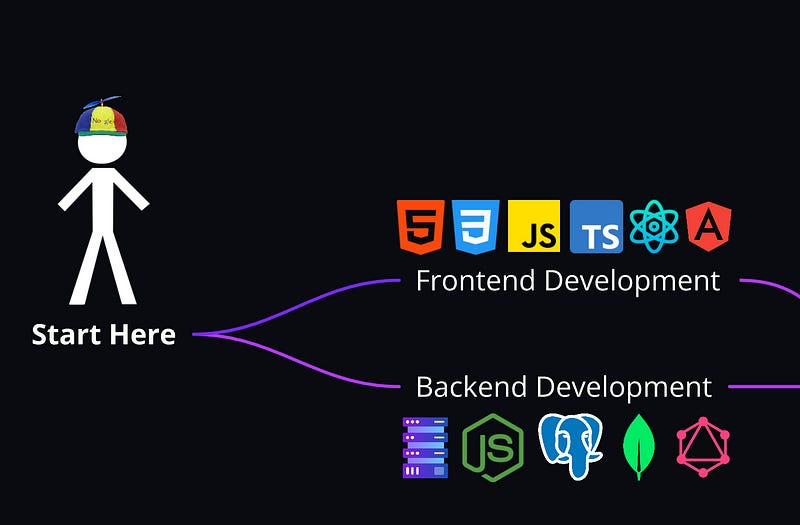
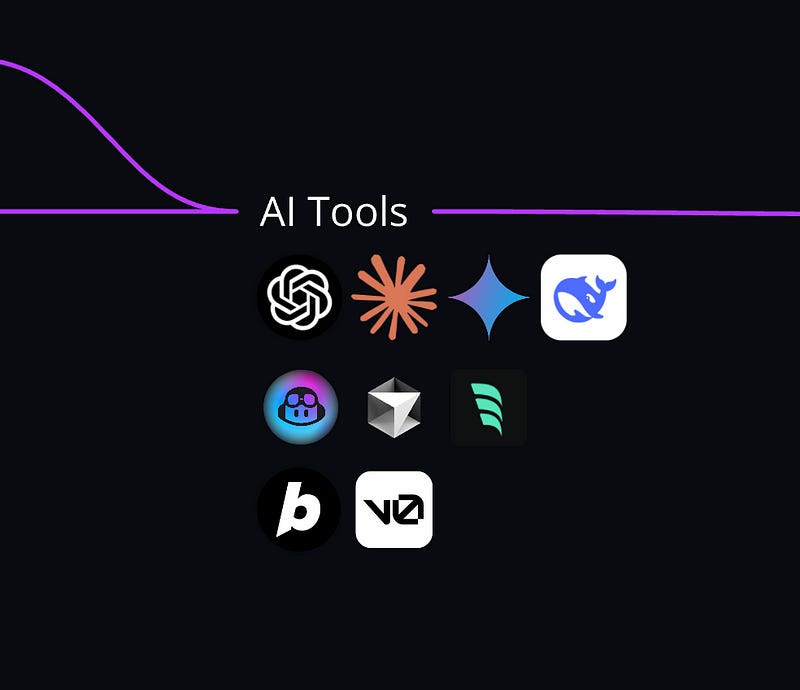
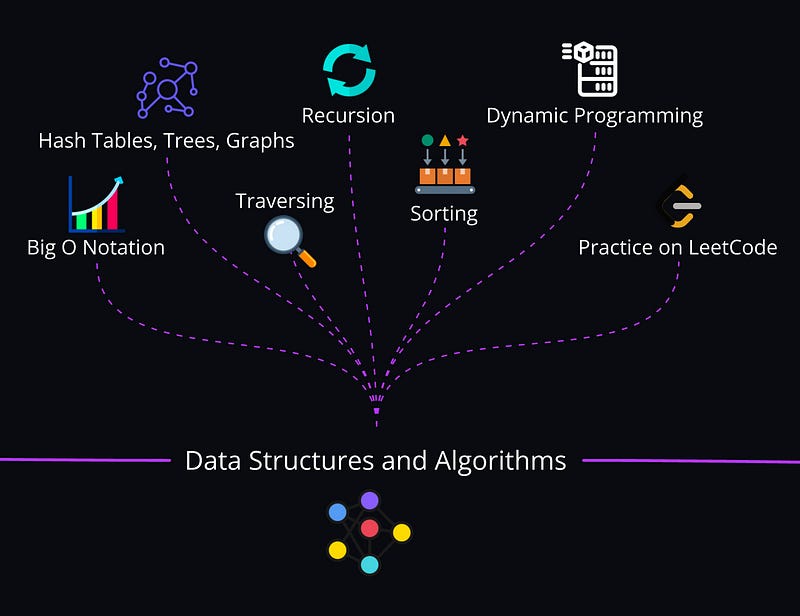
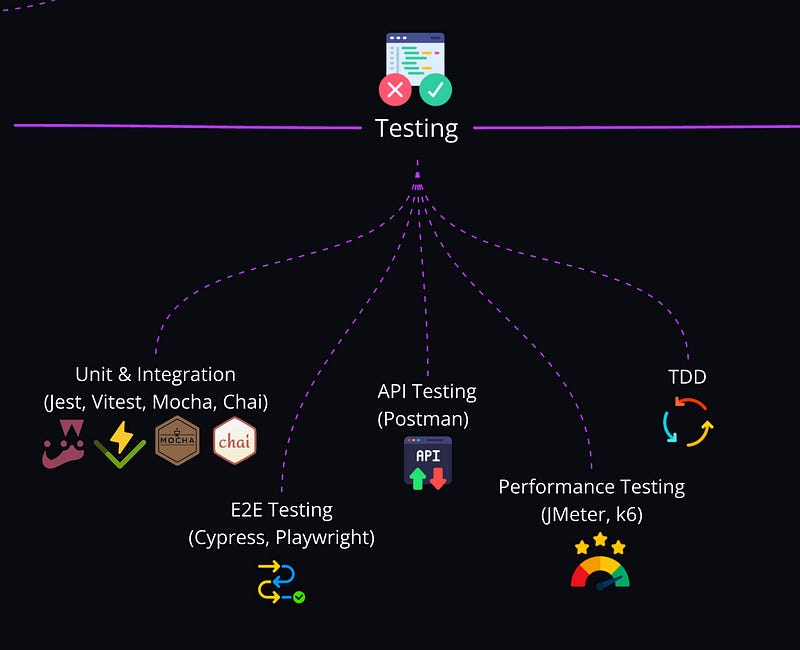
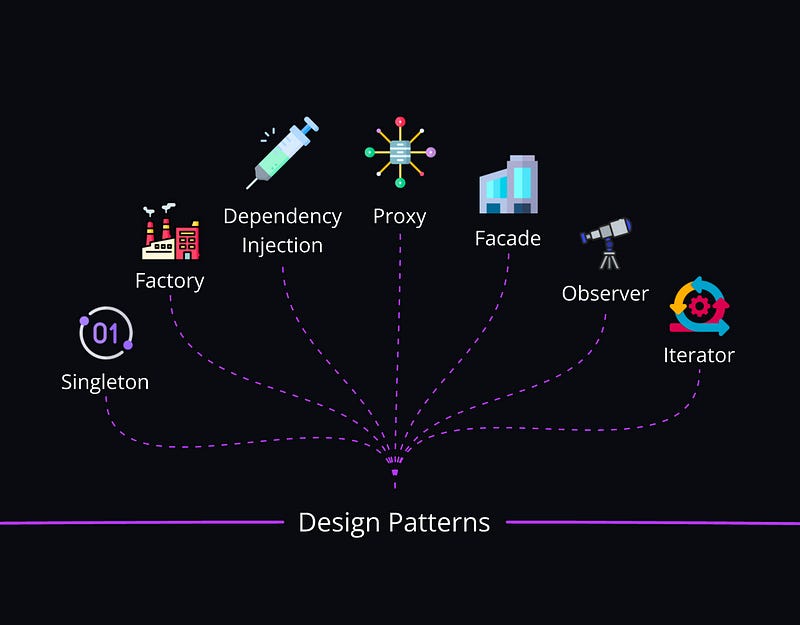
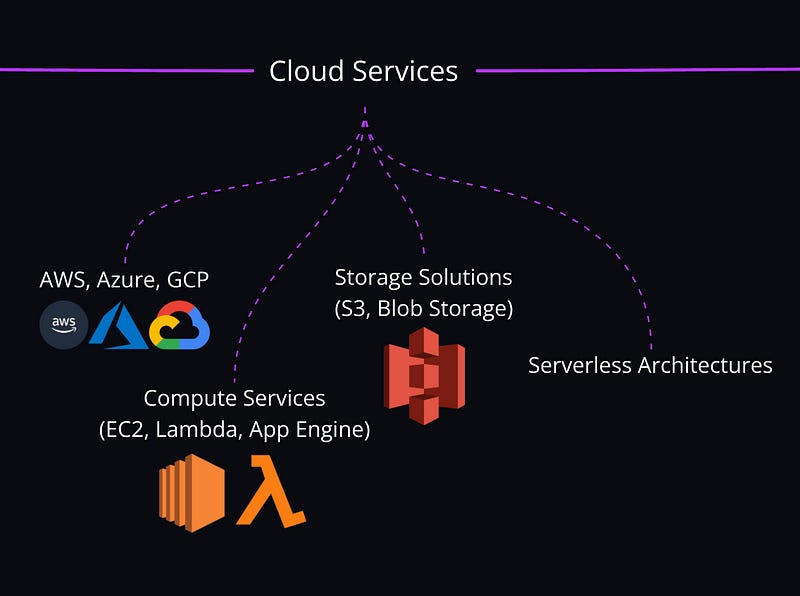
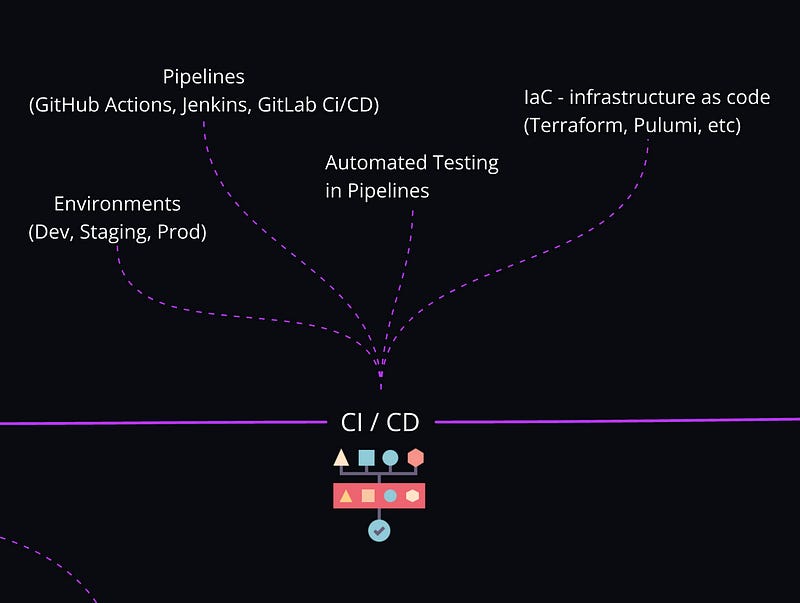
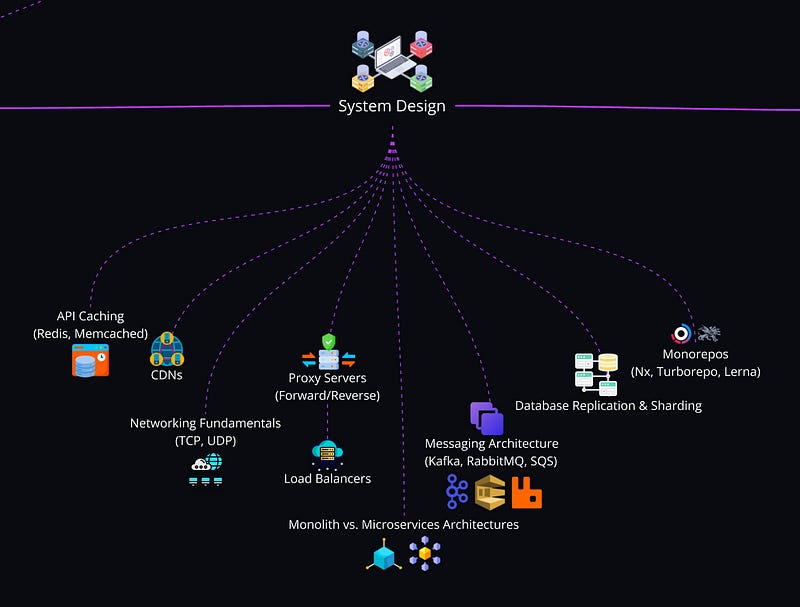

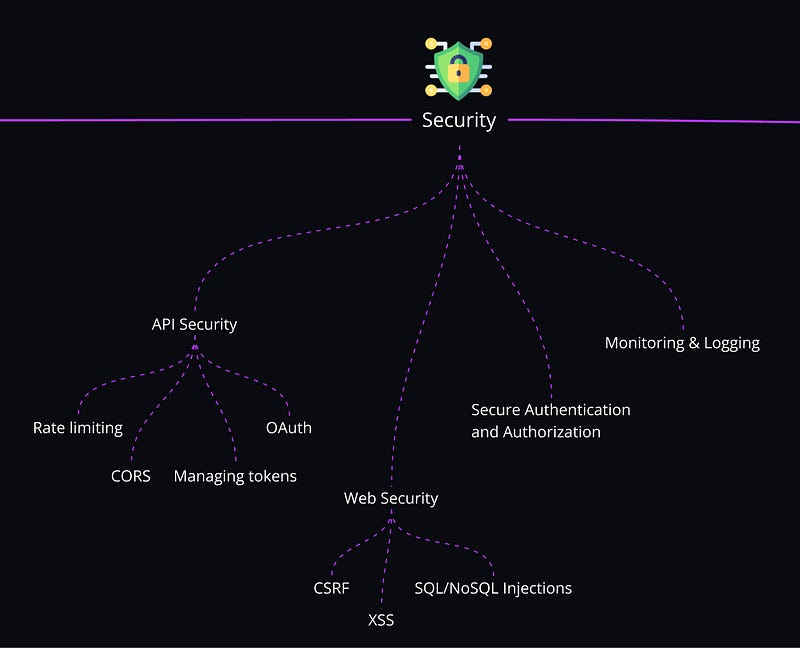
++ Good Post, Also, start here Compilation of 100+ Most Asked System Design, ML System Design Case Studies and LLM System Design
https://open.substack.com/pub/naina0405/p/important-compilation-of-most-asked?r=14q3sp&utm_campaign=post&utm_medium=web&showWelcomeOnShare=false